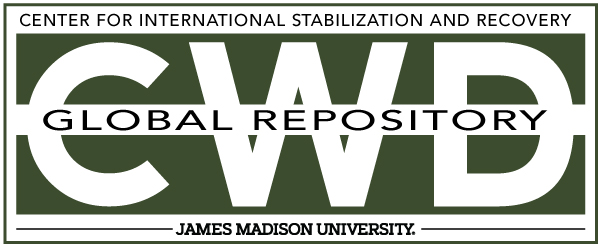Document Type
Article
Creative Commons License

This work is licensed under a Creative Commons Attribution-Noncommercial-No Derivative Works 4.0 License.
Publication Date
12-2-1983
Keywords
Advocacy and International Law, Treaty, Convention, Conventional Weapons, Injurious, Indiscriminate, CCW, UN, United Nations
Abstract
The Convention on Prohibitions or Restrictions on the Use of Certain Conventional Weapons Which May Be Deemed to Be Excessively Injurious or to Have Indiscriminate Effects as amended on 21 December 2001(CCW) is usually referred to as the Convention on Certain Conventional Weapons. It is also known as the Inhumane Weapons Convention.
The purpose of the Convention is to ban or restrict the use of specific types of weapons that are considered to cause unnecessary or unjustifiable suffering to combatants or to affect civilians indiscriminately. The structure of the CCW – a chapeau Convention and annexed Protocols – was adopted in this manner to ensure future flexibility. The Convention itself contains only general provisions. All prohibitions or restrictions on the use of specific weapons or weapon systems are the object of the Protocols annexed to the Convention.
The original Convention with three annexed Protocols were adopted on 10 October 1980 and opened for signature for one year from 10 April 1981. A total of 50 States signed the Convention, which entered into force on 2 December 1983.
Included in
Defense and Security Studies Commons, Peace and Conflict Studies Commons, Public Policy Commons, Social Policy Commons



